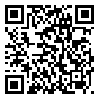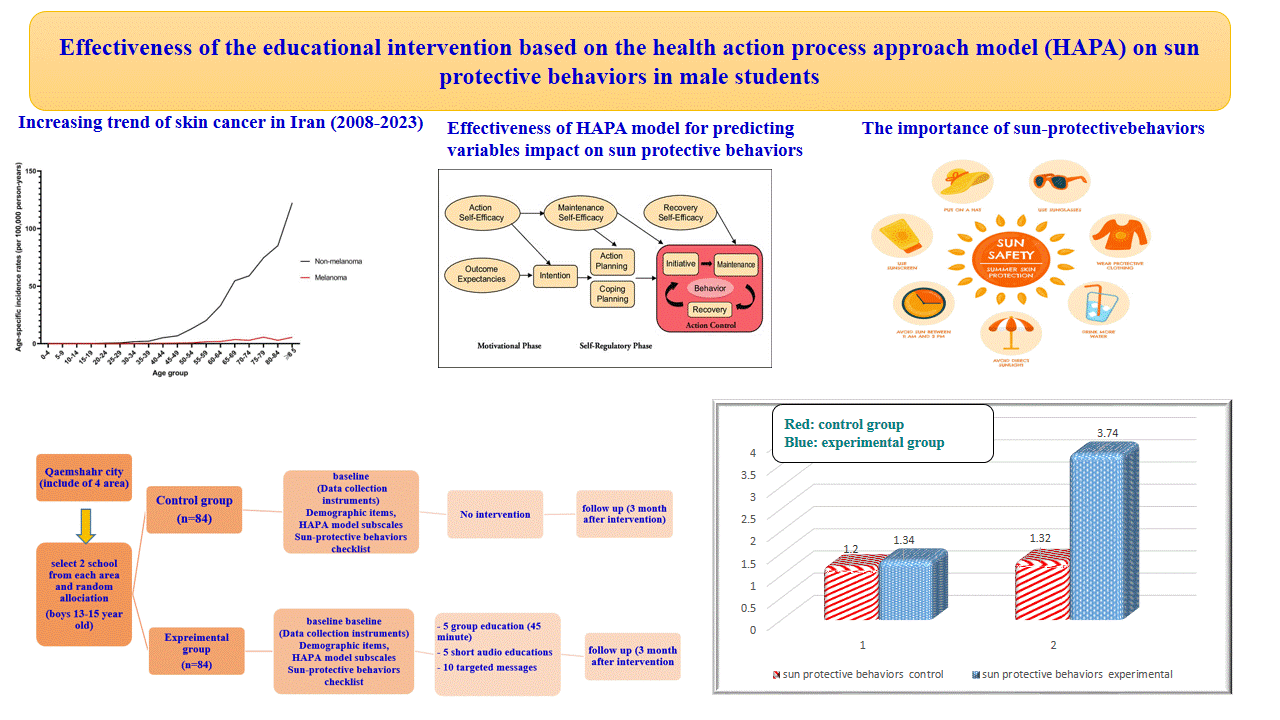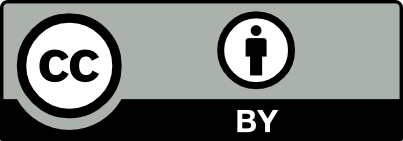Volume 35, Issue 246 (7-2025)
J Mazandaran Univ Med Sci 2025, 35(246): 47-59 |
Back to browse issues page
Download citation:
BibTeX | RIS | EndNote | Medlars | ProCite | Reference Manager | RefWorks
Send citation to:



BibTeX | RIS | EndNote | Medlars | ProCite | Reference Manager | RefWorks
Send citation to:
Olad Azimi Q, Mohammadi Zeidi I, Morshedi H, Maleki M, Shahsavari S, Pakpoor A. Effectiveness of a Theory-Based Educational Intervention on the Constructs of the Health Action Process Approach (HAPA) Model and Sun Protective Behaviors in Male Students. J Mazandaran Univ Med Sci 2025; 35 (246) :47-59
URL: http://jmums.mazums.ac.ir/article-1-21504-en.html
URL: http://jmums.mazums.ac.ir/article-1-21504-en.html
Qazal Olad Azimi 
 , Isa Mohammadi Zeidi
, Isa Mohammadi Zeidi 
 , Hadi Morshedi
, Hadi Morshedi 
 , Mohammadreza Maleki
, Mohammadreza Maleki 
 , Saeed Shahsavari
, Saeed Shahsavari 
 , Amir Pakpoor
, Amir Pakpoor 


 , Isa Mohammadi Zeidi
, Isa Mohammadi Zeidi 
 , Hadi Morshedi
, Hadi Morshedi 
 , Mohammadreza Maleki
, Mohammadreza Maleki 
 , Saeed Shahsavari
, Saeed Shahsavari 
 , Amir Pakpoor
, Amir Pakpoor 

Abstract: (307 Views)
Background and purpose: The implementation of theory-based interventions is essential for the prevention of skin cancer among male adolescents, given their high levels of sun exposure and low adherence to preventive behaviors. The aim of the present study was to evaluate the effect of an educational intervention based on the Health Action Process Approach (HAPA) model on sun protective behaviors in male students.
Materials and methods: The present study was a quasi-experimental design involving 168 male students aged 13 to 15 years from eight public schools in Qaemshahr city, who were assigned to either the experimental or control group. The intervention consisted of five 45-minute group training sessions, each accompanied by a 3–5-minute summarized educational audio file and two targeted SMS messages. Data were collected using a multi-section questionnaire comprising demographic items, 31 items measuring subscales of the Health Action Process Approach (HAPA) model, and an 8-item behavioral evaluation checklist. Questionnaires were completed both before the intervention and three months afterwards. Data analysis was performed using SPSS version 25.0, employing chi-square tests, independent and paired t-tests, and analysis of covariance (ANCOVA).
Results: The results indicated that, after controlling for the pre-test variable, the mean scores significantly improved in the experimental group following the theory-based intervention. Specifically, there were significant increases in self-efficacy (from 9.06 ± 2.48 to 14.13 ± 4.29), health awareness (from 3.57 ± 1.30 to 6.12 ± 3.38), action planning (from 6.45 ± 1.86 to 11.30 ± 2.23), coping planning (from 7.34 ± 1.67 to 12.15 ± 2.38), perceived risk (from 12.92 ± 5.13 to 20.55 ± 6.43), intention (from 8.35 ± 3.42 to 15.82 ± 4.25), and sun protection behavior (from 1.34 ± 1.45 to 3.74 ± 2.10) (P < 0.05).
Conclusion: Promoting the psychological variables influencing sun protective behaviors highlights the efficacy of educational interventions based on the Health Action Process Approach (HAPA) model. Therefore, it is recommended that the HAPA model be utilized in the design of educational interventions aimed at improving sun protective behaviors, due to its comprehensive set of psychological constructs that influence behavior and its strong predictive capacity for health-related actions.
Materials and methods: The present study was a quasi-experimental design involving 168 male students aged 13 to 15 years from eight public schools in Qaemshahr city, who were assigned to either the experimental or control group. The intervention consisted of five 45-minute group training sessions, each accompanied by a 3–5-minute summarized educational audio file and two targeted SMS messages. Data were collected using a multi-section questionnaire comprising demographic items, 31 items measuring subscales of the Health Action Process Approach (HAPA) model, and an 8-item behavioral evaluation checklist. Questionnaires were completed both before the intervention and three months afterwards. Data analysis was performed using SPSS version 25.0, employing chi-square tests, independent and paired t-tests, and analysis of covariance (ANCOVA).
Results: The results indicated that, after controlling for the pre-test variable, the mean scores significantly improved in the experimental group following the theory-based intervention. Specifically, there were significant increases in self-efficacy (from 9.06 ± 2.48 to 14.13 ± 4.29), health awareness (from 3.57 ± 1.30 to 6.12 ± 3.38), action planning (from 6.45 ± 1.86 to 11.30 ± 2.23), coping planning (from 7.34 ± 1.67 to 12.15 ± 2.38), perceived risk (from 12.92 ± 5.13 to 20.55 ± 6.43), intention (from 8.35 ± 3.42 to 15.82 ± 4.25), and sun protection behavior (from 1.34 ± 1.45 to 3.74 ± 2.10) (P < 0.05).
Conclusion: Promoting the psychological variables influencing sun protective behaviors highlights the efficacy of educational interventions based on the Health Action Process Approach (HAPA) model. Therefore, it is recommended that the HAPA model be utilized in the design of educational interventions aimed at improving sun protective behaviors, due to its comprehensive set of psychological constructs that influence behavior and its strong predictive capacity for health-related actions.
Type of Study: Research(Original) |
Subject:
Family Health
Send email to the article author
| Rights and permissions | |
 |
This work is licensed under a Creative Commons Attribution-NonCommercial 4.0 International License. |





